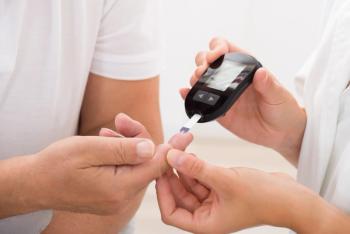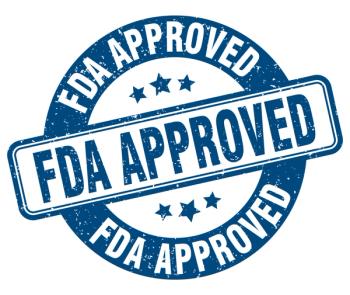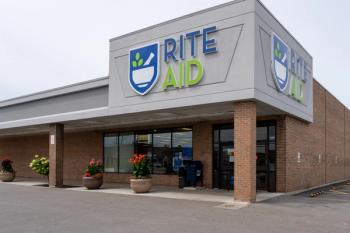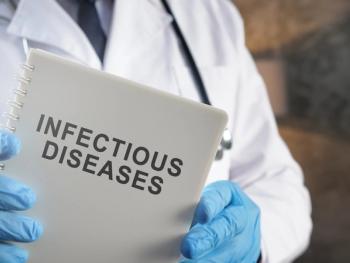
Pharmacists can help to address access issues, offer comprehensive medication counseling, and educate patients about disease management.

Pharmacists can help to address access issues, offer comprehensive medication counseling, and educate patients about disease management.

Orforglipron demonstrates superior glycemic control in phase 3 trials, showing promise as a new treatment for type 2 diabetes.

Through interviews with pregnant and new mothers, researchers explore patient perspectives regarding interactions with providers on cannabis use during pregnancy.

After exploring nearly every area of pharmacy, Mike Brundage, PharmD, found his true calling as the owner of a small-town independent pharmacy serving 3 Pennsylvania counties.

The FDA approves the Insti HIV Self Test, enabling rapid, accurate results in just one minute, enhancing access to HIV testing nationwide.

A study shows young adults with 3 or more COVID-19 vaccine doses experience fewer symptoms, emphasizing vaccination's critical role in public health.

Researchers investigate which pneumococcal strains were most responsible for invasive infections among children in Poland.

As misinformation persists, health experts and research point to pharmacists as key communicators in building trust and boosting immunization rates.

CVS Pharmacy acquires Rite Aid assets in the Pacific Northwest, enhancing pharmacy access while addressing the growing crisis of pharmacy closures nationwide.

The biosimilar is also approved for indications of Eylea, including neovascular age-related macular degeneration, macular edema following retinal vein occlusion, and diabetic retinopathy.

The FDA approves Uzedy, a long-acting risperidone injection, enhancing treatment options for adults with bipolar I disorder and addressing unmet needs.

Using the PhotoVoice methodology, researchers conduct a study exploring Latinx adolescents’ preferences and the impacts of the COVID-19 pandemic and vaccine messaging.

Brad Phillips, PharmD, BCACP, discusses the evolution of pharmacy students’ career desires and how industry-wide developments have impacted future career choices.

With emerging vaccines causing a decrease in community-acquired bacterial meningitis, researchers investigated how the prominence in disease pathogens has evolved over 15 years in Korea.

The immediacy of data from these monitors is essential in educating patients on managing their chronic disease states.

Amina Abubakar, PharmD, AAHIVP, discusses how her career journey led to independent pharmacy ownership and continuing pharmacy education for her peers.

Emerging evidence for finerenone showcases the drug’s impact on heart failure with mildly reduced ejection fraction and heart failure with preserved ejection fraction.

Representatives from XiFin, a revenue cycle management and workflow automation company, discussed the best approaches for independent pharmacies to engage with patients.

Warning: Being an owner or an employee at an independent pharmacy is likely hazardous to your mental health. Stress and burnout are rampant.

In part 2 of a roundtable on the Most Favored Nation Executive Order for prescription drugs, experts gathered to discuss recent developments and how they’ll impact the policy’s future.

From verifying vaccination status to administering immunizations, pharmacists can mitigate the spread of various infectious diseases.

As shortages end, pharmacies that compound GLP-1s face lawsuits, stricter board oversight, and tougher FDA enforcement.

Pharmacists can help patients maintain muscle mass, meet their protein needs, and prevent nutritional deficiencies through evidence-based guidance that supports better overall health.

A collection of 4 major independent pharmacy groups filed an amicus brief urging Iowa representatives to shut down a recent challenge to proposed PBM legislation.

Balancing opioid use with compassion and clinical best practices ensures safe and patient-centered care, supporting pain management and addiction.

With uncertainty in dosing recommendations, researchers aim to assess the efficacy of pneumococcal conjugate vaccines for the pediatric population.

Nicole Pezzino, PharmD, BCACP, BC-ADM, CDCES, discusses why the underutilization of technology could be hurting pharmacy businesses.

Celebrate the vital role of pharmacists in health care this American Pharmacists Month.

Further, they found weight loss prior to 75-g oral glucose tolerance test was a preventive factor for both impaired glucose tolerance and diabetes.

Amgen launches AmgenNow, which is a new direct-to-patient program that will start with evolucumab.